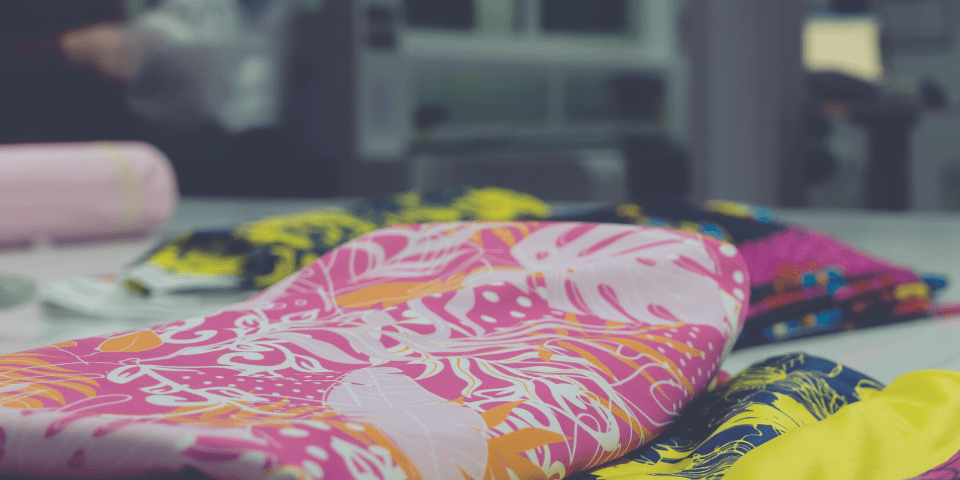Logistics play an essential role in the supply chain. Particularly in the fast-paced textile and garment manufacturing industry, it is the driving force behind a brand’s ability to offer the latest styles in time for a successful fashion season. Simply put, the supply chain starts with new designs, which are developed and produced, then shipped and sold.
The faster and more agile operations carried out in the warehouse, the quicker it is getting new styles into production. Examples of these operations include receiving raw materials and returns, storing and setting aside materials for orders, and dispatching goods.
FLM Textil has recently gone through a period of growth, both in sales volume and headcount. What proved to be the turning point for us was at a moment in time when we felt the need to relocate to a space that would grow with us. As the decision to shift took place, the team realized that there was room for improvement, particularly with regard to Product Development.
New Product Development can be described as conceptualizing, designing, creating, producing, and delivering new products – in our case, Swimwear and Beachwear, Activewear, and Underwear collections. As a specialist, we have a deep understanding of the unique requirements of each segment. FLM Textil is able to offer high-quality products that meet the needs of our clients, so they fit their own customers’ preferences.
Being garment production experts, we have extensive knowledge and experience in the development and production of a wide range of products. In today’s competitive market, our focus on quality, innovation, and customer satisfaction paves the way for us to work with the most strategic partners. And so, our collaboration with the University of Minho came to life once again.
Hence, we challenged the students of the Master's degree in Engineering and Operations Management (MEGO) to assist with this move by proposing a layout design for the new product development section. Together, we have established clear objectives, ensuring everyone involved would be working towards the same end.
Product Development Process Issues

In addition to transparency, a fundamental topic for growth is customer satisfaction. In this sense, one of the shortcomings presented by FLM Texil’s customers was often the length of development time frames, which included several, long rounds of samples until reaching the final product. At this point, we found some concerns, as follows:
- Not optimally dimensioned workstations;
- Unclear and incomplete information from the customer when creating and correcting the internal tech pack;
- Shutdowns due to lack of raw material;
- Molds not working as intended;
- Materials that don’t always make the most sense due to the lack of availability – with little to no notification to the commercial department;
- Maladjusted prices due to lack of records of times in sample preparation;
- Insufficient inspection of the final garment, generating external quality costs;
- Unclear packaging instructions;
- Out-of-date delivered samples and shipping.
Thereby, the need to map the development process emerged, identifying the majority of waste and consequently finding ways to reduce the development time as well as the number of rounds of samples.
The Overstock Problem

As new styles come into season, having too much leftover reduces your profitability and wastes space. Under this project, we came across a not-so-clear way of storing materials in the warehouse. These were the main problems identified on the warehouse floor:
- Unmarked materials;
- Slow registration process;
- Lack of alignment of the material reservation process, both at the computer and physical levels;
- Lack of visual identification for the scarcity of materials;
- Numerous unused materials.
By analyzing the material’s reception, return, reservation, and shipping processes, we have realized the flows were not as efficient as they could be. The potential of the textile warehouse itself was not used to the fullest. It was essential to detect the source of current work methods and deep-rooted problems with the help of lean production tools, such as the Ishikawa diagram, and ultimately find a means of not repeating them in our new building.
Effective logistics and supply chain management ensures a steady, well-sorted product supply. Without an advanced SCM structure, brands and retailers struggle to meet consumer needs: inventory costs increase, while product quality and suitability decrease. Do you want to know how we have put this into action? Click here and read part two.






